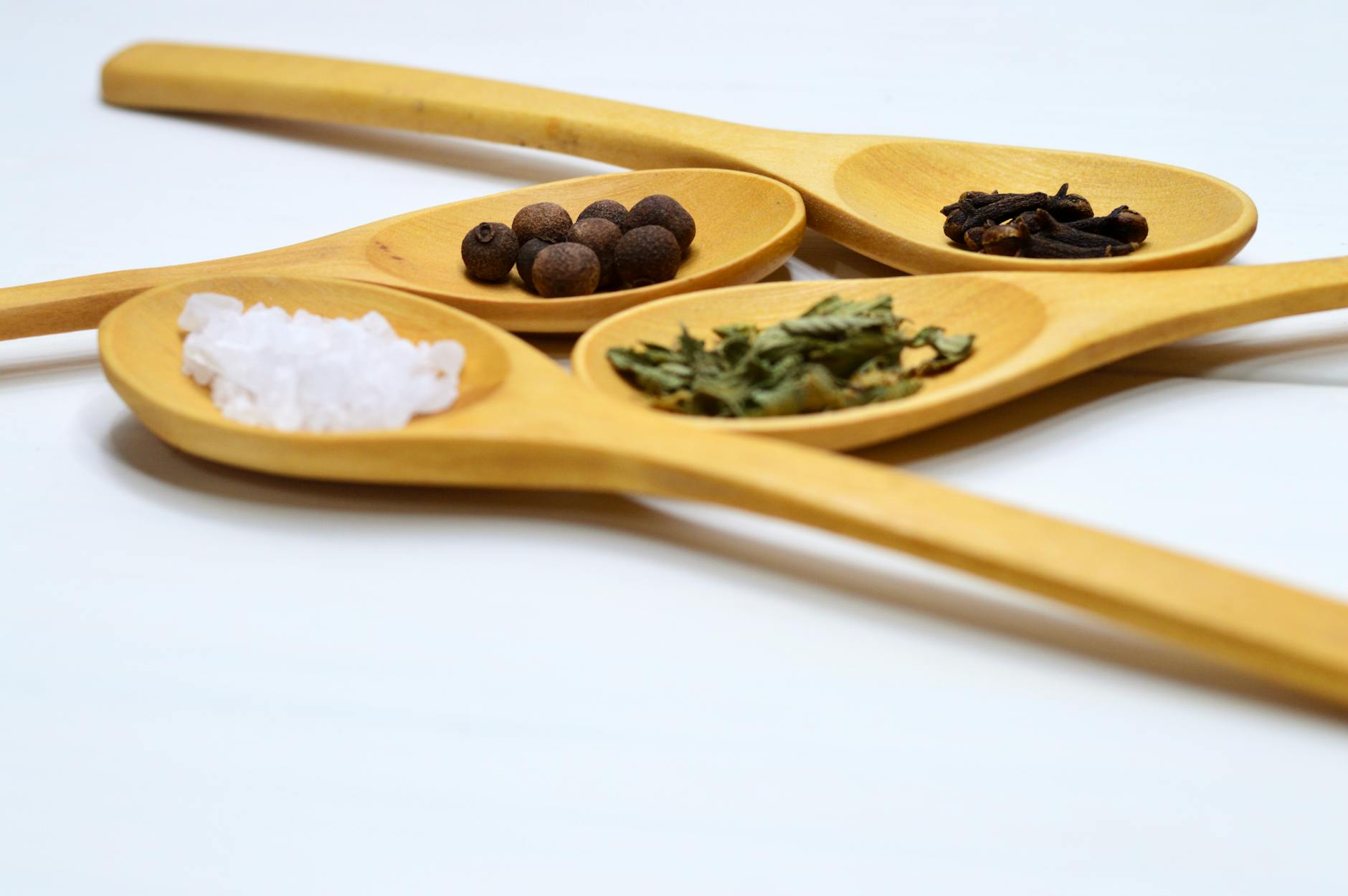
1. Spice it up
Use herbs and spices such as rosemary and thyme to flavor meals, instead of salt. This is a great way to reduce sodium.
2. Use cauliflower for mashed potatoes
Cauliflower has fewer carbs and a smaller impact on blood sugar versus white potatoes.
3. Use almond flour or coconut flour as a substitute for baked goods, breadcrumbs, and pizza crust
These flours have a much lower impact on blood sugar since they have 3-4 times fewer carbs and more fiber than traditional flours.
4. Drink sparkling water instead of soda
Soda is associated with an increased risk of diabetes, obesity, fatty liver, and metabolic syndrome — a cluster of symptoms that include high blood pressure and elevated blood sugar.
5. Replace jam with mashed avocado
Instead of your go-to fruit spread (which is often filled with added sugar), mash half an avocado on top of your toast, drizzle with some lemon juice, and top it off with a slice of tomato.
6. Replace chips with fresh fruits, sliced veggies or roasted chickpeas
There are far healthier and more filling options that are just as potable and pack far fewer calories.
7. Ditch milk chocolate for dark chocolate
Flavanols are plant-based nutrients and are more prevalent in dark chocolate than in milk chocolate. Cocoa flavanols in cocoa have been shown to help lower blood pressure, improve blood flow to the brain and heart, and fight cell damage.
8. Try teas and coffee instead of energy drinks
Energy drinks can increase concentration and focus, but most harbor huge amounts of added sugar and stimulants. If consumed in excess, these beverages may cause several health issues such as rapid heartbeat and kidney damage. Many unsweetened, caffeinated beverages make excellent substitutes for energy drinks, perking you up without unwanted side effects. These include green tea, black tea, oolong tea and coffee.
9. Try whole grain or grain-free alternatives in
Some prefer the soft, pillowy texture of white bread over heartier breads like whole wheat or rye. Yet, like all refined grain products, white bread offers little nutritional value while whole grain is high in fiber, protein, vitamins, minerals, and antioxidants.
10. Choose multigrain or whole wheat pasta instead of white pasta
Whole-grain pasta is typically high in manganese, selenium, copper and phosphorus. It is also lower in calories and higher in fiber.
11. Use skim or low-fat milk over cream for cream-based soup recipes or when baking
Low fat milk contains 1% milk fat and skim milk has less than 0.5% milk fat. These are better choices as they are lower in fat and calories than whole milk.
12. Swap in dried fruit or dark-chocolate-covered fruit for sugary candy
Enjoying an occasional sweet treat is perfectly healthy. However, eating sugary foods like candy can often increase your risk of conditions like obesity, diabetes, and heart disease.